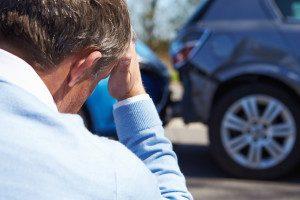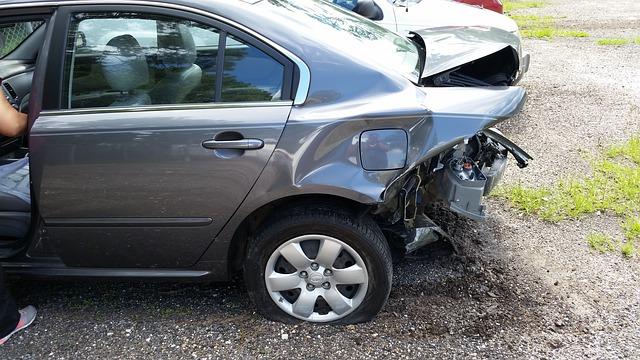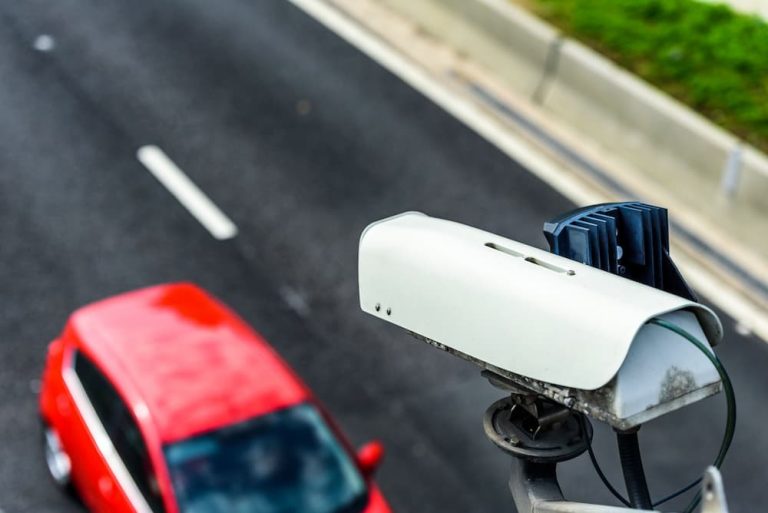Who is at fault in a rear-end collision in the state of Colorado?

When it comes to a rear-end collision in Colorado, most people assume that the driver who does the rear-ending is always at fault. While this widespread belief makes sense on the surface, it isn’t always the case. Typically, the driver who rear-ends the other driver is driving dangerously and receives a citation for doing so. However, just because one driver is ticketed in a collision, it doesn’t absolve the other driver (or drivers) from all responsibility. This article will help you understand who is at fault for a rear-end car accident in Colorado.
If I hit someone from behind, am I at fault?
In every rear-ending accident, the driver who gets rear-ended has an advantage when it comes to determining who is at fault. It can be difficult to prove that the driver of the car that was hit caused the accident from unsafe driving. While Colorado drivers should always maintain a good following distance from the car in front of them, there are certain times when safe and observant drivers still rear-end someone. One example could be if the car in front of you has brake lights that do not function and it suddenly slows down or stops, causing you to rear-end them. In this situation, the driver in the first car should receive a ticket for having no brake lights, and would most likely be found at fault for the crash. If you’re at fault for the accident, you could wind up paying for both your damages and the other driver’s damages. While it’s rare for the rear-ended driver to be at fault, it is possible. It’s more common, however, for both drivers to be ticketed. Behaviors immediately before a rear-ending that can earn you a ticket include:
- Texting and driving
- Failure to signal a lane change
- Aggressive driving, such as pulling in front of the other driver and then slamming on your brakes
- Driving too slowly or too quickly for conditions
- Driving in a way inappropriate for conditions. For example, changing lanes quickly in the midst of a snow or ice storm could yield a ticket.
Who is at fault in a rear-end collision with multiple cars in Colorado?
Unless a driver admits to being distracted or driving dangerously it can be difficult to determine who is at fault in a wreck involving multiple cars. A simple example with three cars gives a decent illustration of fault in a crash with more than two vehicles. If two cars are stopped, one in front of the other, and a third car rear-ended the second car, causing the second car to hit the first car, the driver of the third car would be held responsible for causing both of those rear-end collisions. In any circumstance when the rear-ender feels they are not at fault for the accident, having witnesses can be crucial.
The Swoop and Squat
A rear-ending situation that many drivers are probably aware of is known as the “swoop and squat.” More common in the ‘90s, this two-car technique was created by fraudsters to get cash out of unassuming drivers. One car is in front of the innocent driver, while a second car speed-matches to the side. The front car suddenly slams on its brakes, and since there is another car to the side, the innocent driver is unable to swerve out of the way and slams into the back of the lead car. The driver of the rear-ended car will immediately place blame on the person who did the rear-ending. The cars will oftentimes also be filled with passengers who will make injury claims, all in hopes of adding more to the bottom line of their scheme. While this practice was outed after the death of one of the “swoop” drivers in the ‘90s, it is still something to be aware of.
Negligence in a Rear-end Auto Accident in Colorado
Determining negligence can be critical to figuring out who is at fault, and how much that person is at fault when it comes to a rear-end collision. Liability percentages can change based on negligence from each driver. If you fail to meet expectations of what a reasonable person would do while driving, you are considered negligent. Some negligent actions include not using a turn signal, following too closely, not yielding the right of way, and not paying attention to the road and potential hazards.
Comparative Negligence in Colorado
A rear-ending car crash in Colorado involves more than one car. So what happens when not just one of the drivers is at fault? That’s where comparative negligence comes into play. Comparative negligence means more than multiple drivers can be at fault for a percentage of a rear-end crash, although it can be difficult to determine those percentages. If a driver is rear-ended by someone after coming to an abrupt stop for a hazard in the road, it may seem black and white that they are not at fault. However, if that driver was looking at their phone while driving, then looked up and suddenly had to stop for a hazard they may have seen earlier, they could be held liable for a certain percentage of the crash.
If you or the other driver incur serious injuries as a result of rear-ending, determining who is at fault can make a big difference in your insurance premiums as well as your financial bottom line. It can make good financial sense to fight a traffic ticket, and if you both were ticketed, this can make your auto accident claim confusing and lead to prolonged legal battles.
If you think you’re not at fault after a rear-end collision in Colorado, talk to a lawyer. Your attorney may use defenses you don’t even know about and can use the law to argue both that you weren’t at fault and that the other driver’s insurance should pay to cover your injuries.
If you’ve been injured in an accident, contact one of the experienced Colorado auto accident attorneys at McDivitt Law Firm today to request a FREE consultation. After you’ve been involved in a rear-end collision in Colorado, you need legal representation that will make sure you get the justice and compensation you deserve. Trying to figure out who’s at fault in a rear-end collision can be tricky, but McDivitt Law Firm is here to help. Knowing what to do after a rear-end collision in Colorado is important for the sake of moving forward with a case. Contact McDivitt Law Firm today to know your rights after getting rear-ended in an accident.


